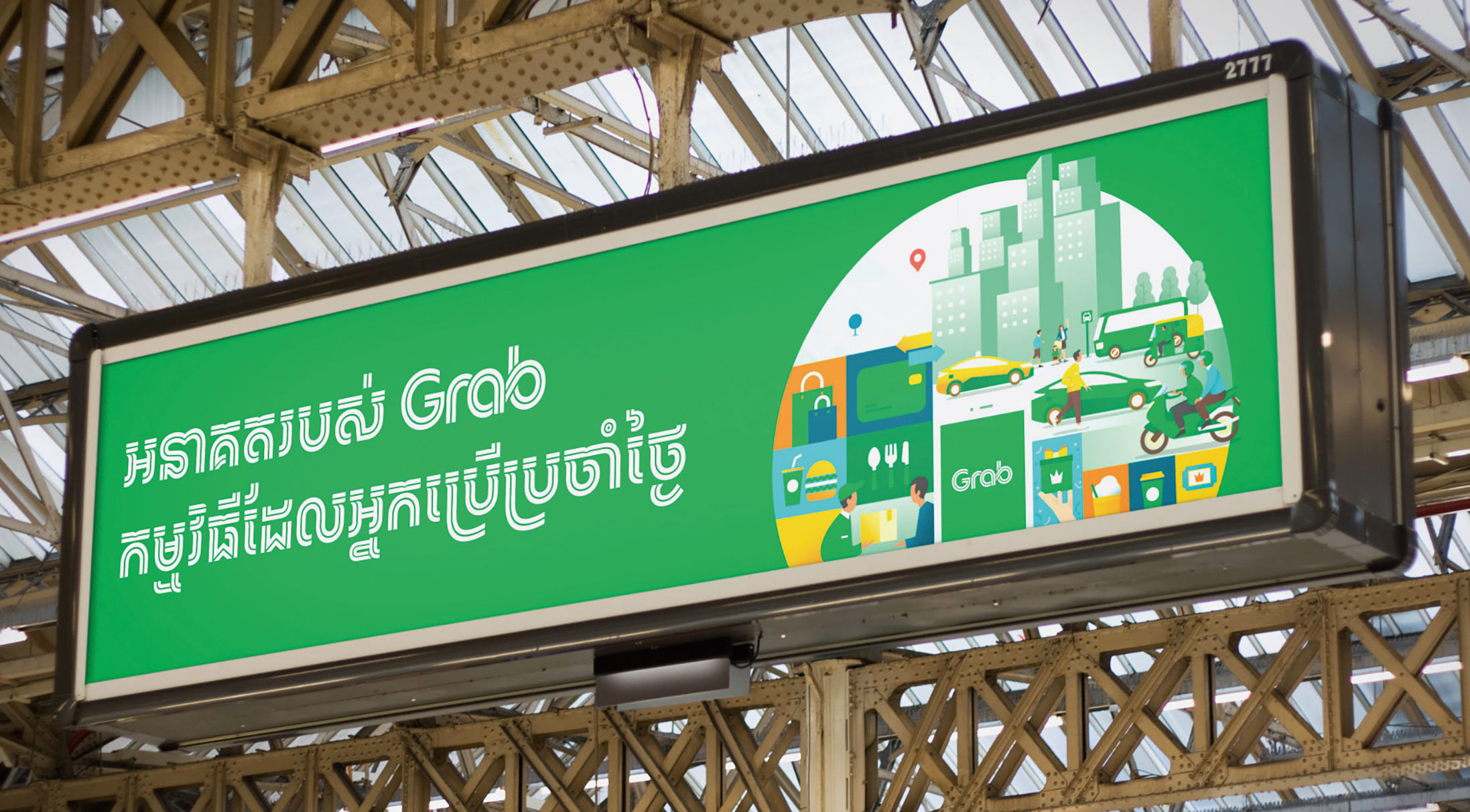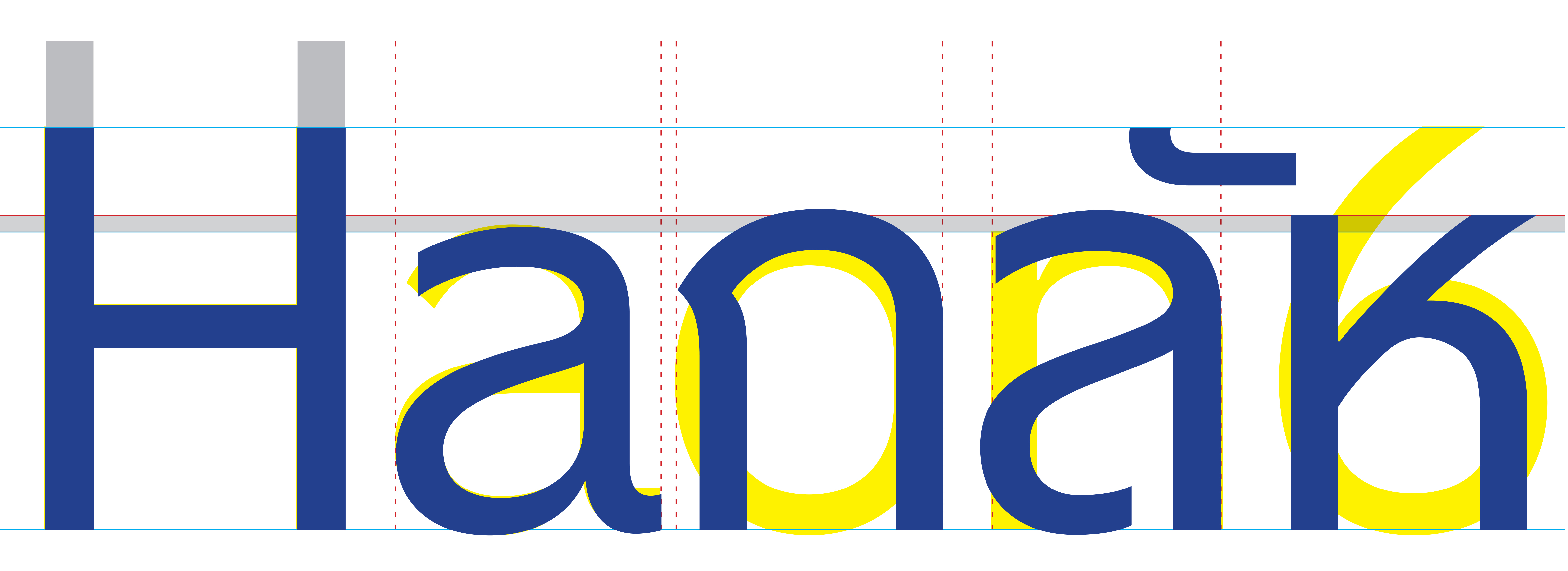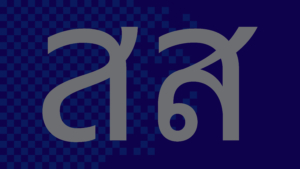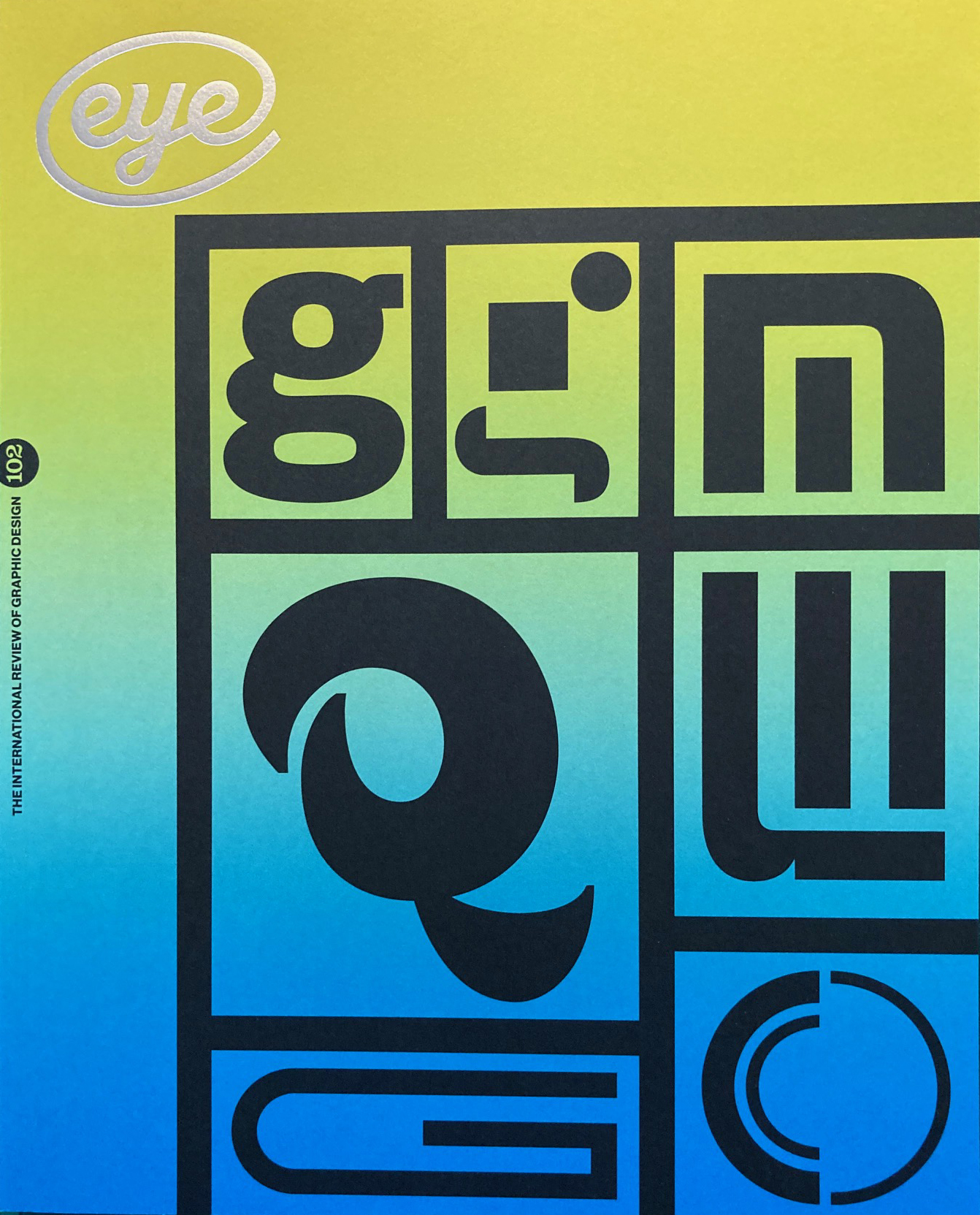Autumn 2021
Typographics 21: Session 10
Anuthin Wongsunkakon
Muthu Nedumaran
Promphan Suksumek
Knaz Uiyamathiti
Sueh Li
Both Bou
Sovichet Tep
Joanne Chew
1 July 2021. Anuthin Wongsunkakon, host.
Muthu Nedumaran, Murasu
‘Typography & Type Design in Malaysia’Promphan Suksumek and Knaz Uiyamathiti, Cadson Demak
‘Typography & Type Design in Thailand’Sueh Li, Huruf
‘Typography & Type Design in Malaysia’Both Bou and Sovichet Tep, Anagata
‘Typography & Type Design in Cambodia’Joanne Chew, Fictionist Studio
‘Typography & Type Design in Malaysia’
The final session of ‘Typographics 21’ focused on Cambodia, Malaysia and Thailand, countries with notable typographic activity. The talks made sense for those with some pre-existing information about the typographic scene in each country and demonstrated a high level of work and discourse.
Most relatable for the general audience was Muthu Nedumaran’s presentation of Hibizcus, a free suite of font proofing and debugging tools for South Asian and South East Asian languages. This tool not only underlines the necessity of good documentation for typeface development, but also the challenge in creating this to a high level with broader development in mind, rather than the expediencies of individual projects. Hibizcus sets a bar for many scripts, even in regions where people may – wrongly – think that good documentation and updating mechanisms are a closed matter. Indirectly, Nedumaran’s focus is testament to the permeable boundaries between scripts, communities, and regions, and the need to look at solutions at levels higher than individual combinations that flatten regional identities.
Custom typeface for Bangkok Bank designed by Promphan Suksumek and Knaz Uiyamathiti. Top. Grab typeface designed by Both Bou and Sovichet Tep, 2019.

The discussion of the looped / unlooped forms for Thai indicated how design discourse is evolving for scripts that have a substantial design community, with a wide offering of stylistic alternatives, and a maturing urban market for design.
Thai type designers Promphan Suksumek and Knaz Uiyamathiti: comparison of looped and unlooped Thai glyphs in their custom typeface for Bangkok Bank, 2021.

Promphan Suksumek and Knaz Uiyamathiti’s presentation was full of insights, while also recognising the complexity of typographic practice in time: a reminder that research into past practice must inform current decisions, and remain open to continuous re-evaluation. Their points resonated with Sueh Li’s discussion of branding typefaces, and Nedumaran’s discussion of a cursive style, underlining the pressure for stylistic explorations across scripts.
This theme was explored by Both Bou and Sovichet Tep in their review of the Cambodian scene – probably one of the most interesting in the region, since the combination of a challenging script and a rapidly emerging branding market offer opportunities for designers to explore and innovate at a quick pace. The exciting picture painted by Bou and Tep is one that would be hardly conceivable a decade ago: not so much for the emerging commercial market – arguably an inevitability – but for their discussion of the robust amateur scene, and their efforts to support its development. This indicates routes for local and regional community building that can be almost entirely self-initiated and sustainable: surely a gradual coming of age of the global typeface design environment.
Carlsberg Sans Khmer designed by Both Bou and Sovichet Tep (Cambodia), an extension of the bespoke typeface used by Carlsberg Group within the Cambodian market.

The richness of the presentations almost disguised what may have been the strongest element of the session: Joanne Chew’s brief discussion of Tan Zi Hao’s work, the tensions between mono- and multilingualism, the layered and complex narratives on which identities are built, and the impact of events such as Covid on xenophobia, belonging, inclusion and political messaging. Although Tan Zi Hao looks primarily at Malaysia, Chew’s discussion made connections to much wider ideas, which should be at the core of every typographer’s thinking.
Gerry Leonidas, professor of typography, University of Reading
First published in Eye no. 102 vol. 26, 2021
Eye is the world’s most beautiful and collectable graphic design journal, published for professional designers, students and anyone interested in critical, informed writing about graphic design and visual culture. It is available from all good design bookshops and online at the Eye shop, where you can buy subscriptions and single issues.

